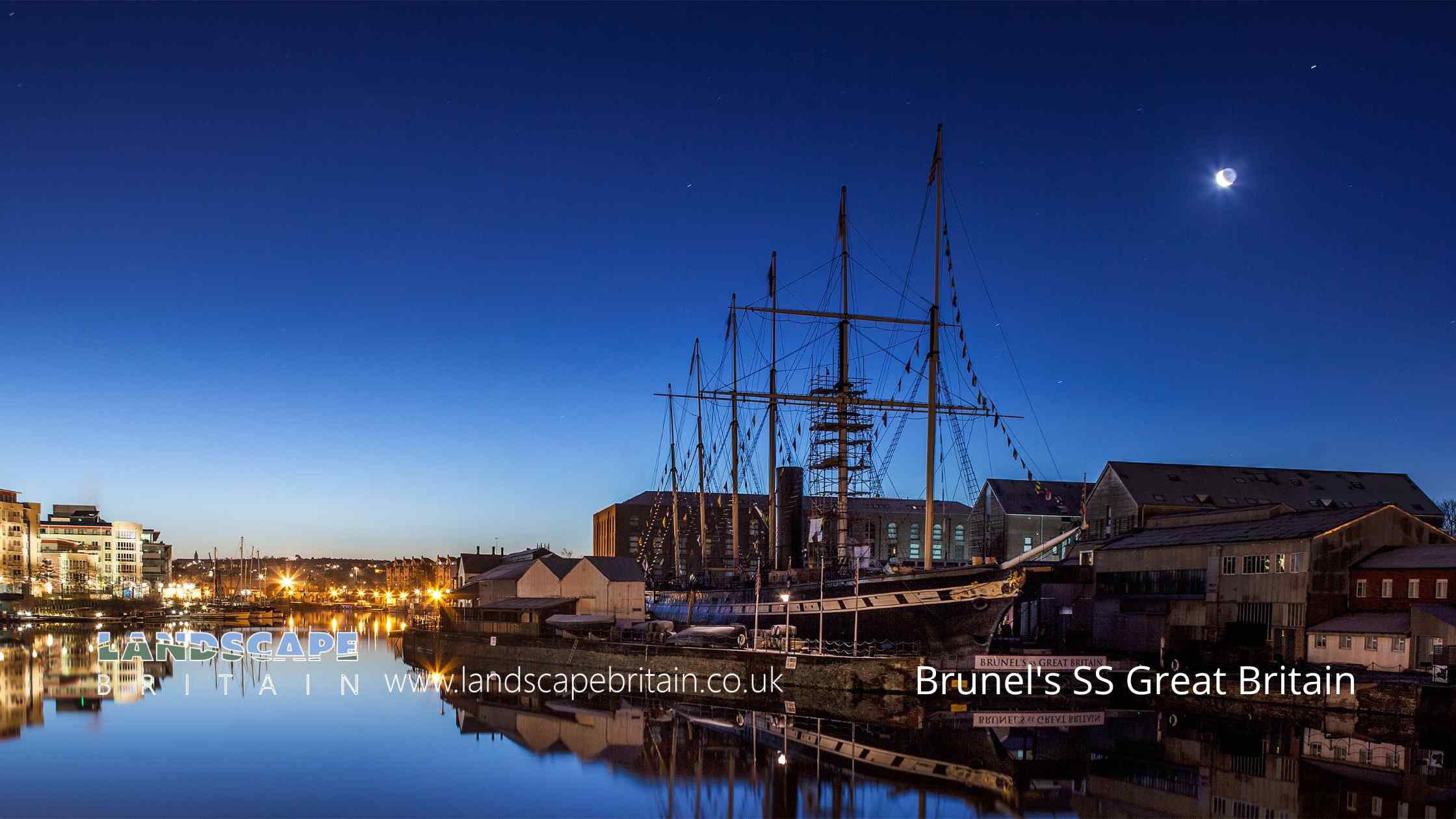
Brunel's SS Great Britain
Brunel's SS Great Britain
Brunel’s SS Great Britain is a historic ship that holds a significant place in maritime engineering and transportation history. Designed by Isambard Kingdom Brunel, a renowned British engineer, the SS Great Britain was launched in 1843 and played a crucial role in revolutionizing the world of shipbuilding.
Engineering Marvel
The SS Great Britain is widely recognized as a remarkable engineering achievement of its time. It was the first ocean-going ship to be built entirely of iron, making it an engineering marvel and a pioneer in ship construction. Brunel’s innovative design incorporated various groundbreaking features, including a screw propeller for propulsion and an iron hull that improved the ship’s stability and strength.
Transatlantic Travel
One of the most significant contributions of the SS Great Britain was its impact on transatlantic travel. Before its construction, wooden ships were predominantly used for long-distance voyages. However, Brunel’s creation demonstrated the advantages of iron-hulled ships, which offered enhanced durability, increased cargo capacity, and improved speed. The SS Great Britain set new standards for transatlantic travel, greatly reducing travel time and opening up new possibilities for international trade and communication.
Historical Significance
The SS Great Britain played a crucial role in the development of maritime transportation and global trade during the 19th century. It served as a passenger and cargo ship, primarily connecting England with Australia, transporting people and goods across vast distances. Its success and technological advancements influenced subsequent ship designs and revolutionized the way ships were constructed and operated.
Preservation and Museum
Today, the SS Great Britain is preserved as a museum ship in Bristol, England. The vessel was salvaged in 1970 after spending over 90 years submerged in the Falkland Islands. Extensive restoration work was undertaken to bring the ship back to its former glory. Visitors can explore the ship and learn about its fascinating history through interactive exhibits and displays, providing a glimpse into the pioneering era of steam-powered transatlantic travel.
Legacy
Brunel’s SS Great Britain remains an enduring symbol of innovation and engineering excellence. It stands as a testament to the visionary ideas and technical prowess of Isambard Kingdom Brunel. The ship’s revolutionary design and contributions to transatlantic travel have left a lasting impact on the maritime industry, shaping the course of shipbuilding and transportation for generations to come.
Created: 24 May 2023 Edited: 29 November 2023
Brunel's SS Great Britain Information
Brunel's SS Great Britain Address
Great Western Dockyard, Gas Ferry Rd, Bristol
BS1 6TY
Website: https://www.ssgreatbritain.org/
Get directionsLocal History around Brunel's SS Great Britain
There are some historic monuments around including:
Blaise Castle, Iron Age hillfort, Roman and medieval remains, and post-medieval gardenPart of the Roman Settlement of AbonaeTemple ChurchMaes Knoll campPart of Bristol city wall 185m west of Bristol BridgeKing's Weston Hill camp, HenburyDeserted medieval farmstead NE of NorthwickBet tohorah at Jacob's Wells RoadDominican Friars (Quaker's Friars)Part of the linear boundary known as the Wansdyke 210m north west of CottlesRoman settlement, part of an associated field system and earlier Iron Age settlement remains at Gatcombe FarmMedieval vaults N of St Peter's ChurchDeserted medieval farmstead and part of a Romano-British field system 400m north of Fenswood FarmSt Mary-le-Port ChurchBowl barrow in Bowness Gardens 315m north west of the swimming lakeSecond World War heavy anti-aircraft battery 590m north east of Highwood House, Pur Down, BristolThe Mere Bank and flanking ditchesClifton Down camp, CliftonChurchyard cross in St Michael's churchyardPart of a Roman road on Durdham Down 865m north east of Black RocksDruid Stoke burial chamber, Stoke BishopChapel at Lower CourtVault in High StreetStokeleigh Camp: a promontory fort in Leigh WoodsPart of the linear boundary known as the Wansdyke 425m south of New Barn FarmSection of City Wall, King StreetUnderfall Yard, Bristol DocksBristol Castle vaulted chambersChurchyard cross in St Mary and St Peter's churchyardCivil War defences on Brandon HillFairbairn Crane, Bristol HarbourHermitage in Quaker burial ground near St Mary RedcliffeWansdyke: section E of Maes Knoll campPart of a minor Romano-British villa at Long Cross.



